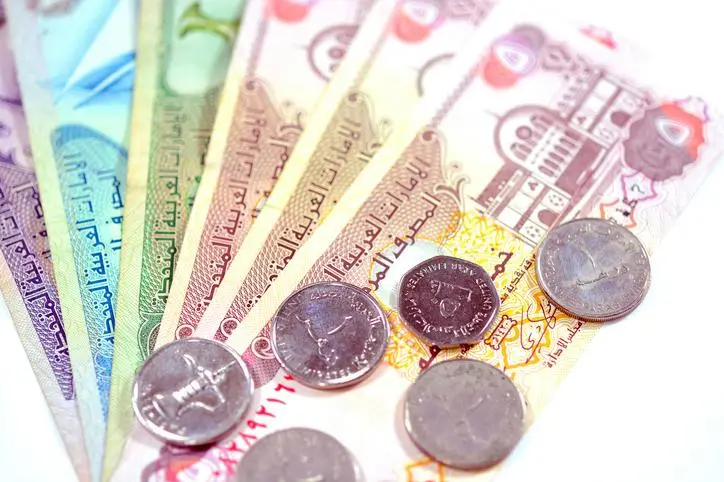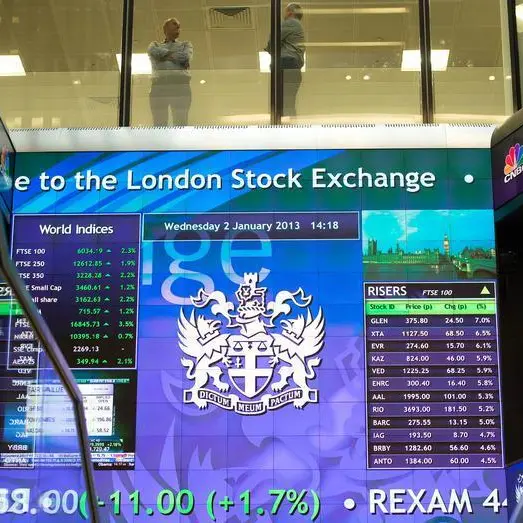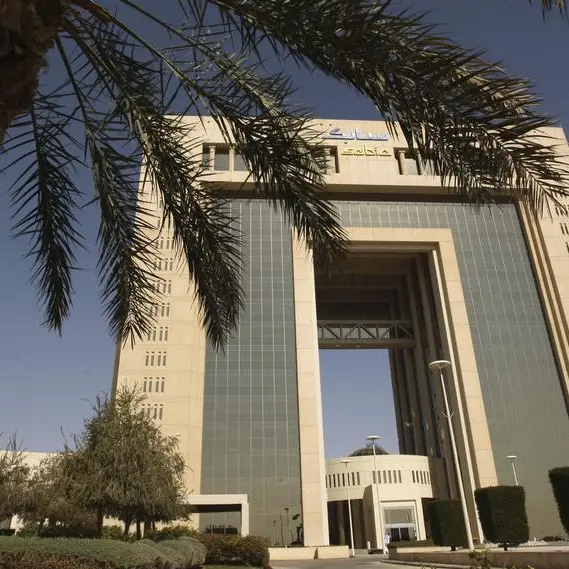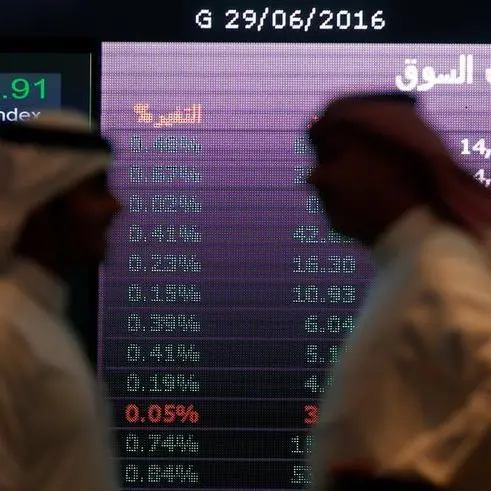PHOTO
The new federal government debt law announced in the United Arab Emirates on Sunday "lays the foundations for the development of a bond market in dirham denomination" in the country, according to the governor of the UAE's Central Bank.
In a press statement published on Monday afternoon, Central Bank governor Mubarak Rashed Al Mansoori said the establishment of dirham-denominated federal government bonds was "important as it will create deeper, more resilient financial markets", as well as providing a benchmark yield curve against which locally-denominated debt can be measured on global bond markets, he explained, adding that it also provided the UAE government with more diversified sources of finance and could mobilise additional domestic savings into local bonds, as well as other capital inflows.
Although many of the emirates that make up the UAE have tapped capital markets previously, issuance to date has been on an individual emirate basis and denominated in United States dollars (to which the UAE dirham is pegged).
Philipp Good, CEO and head of portfolio management at Fisch Asset Management, said the benefit of the new law would be to "build a local debt market and reduce dependence on foreign investors".
"Even for currencies that are pegged at the moment, it would enable different treatment of local investors from international investors in times of crisis," he said in an emailed response to questions from Zawya. "So we view it as a prudent step in the long-term, but in the short-term it is not a major event."
Raghu Mandagolathur, head of research at Kuwait Financial Centre, Markaz, said that raising debt at a federal, as opposed to individual emirate, level would "help smaller emirates in the country to raise funds with a better credit rating than the ones they are assigned as individual emirates".
Running at different speeds
In an emailed response to questions from Zawya, Mandagolathur added that despite the fact that many Gulf Cooperation Council (GCC) countries currently peg their currencies to the dollar, "the mismatch in growth cycles of the U.S. and the GCC countries, and the need to develop the local non-oil economy, may lead GCC countries to rethink their peg in the long-term".
"Therefore, the development of a strong local currency bond market will be beneficial in the long run as the necessary infrastructure will be in place to meet funding requirements," he argued.
Another motivation for the new law is to help create a secondary market in UAE bonds, which would allow UAE banks to hold them without suffering from any liquidity constraints under Basel III global banking rules (as bonds would be tradeable).
A report published on Sunday by consultancy firm Oliver Wyman said that most countries in the Middle East and Africa had been "relatively slow" in establishing debt management offices, but argued that this should be a priority given the increasing amount of debt they have been issuing in recent years.
New data published on Monday by Refinitiv, the parent company of Zawya, showed that the three biggest issuances to date this year have been by the states of Qatar ($11.97 billion in April), Saudi Arabia ($10.9 billion, also in April) and Oman ($6.5 billion in January) – all of which were U.S. dollar-denominated.
The data stated that debt capital issuance in the Middle East and North Africa (MENA) for the first three quarters of the year stood at $73.1 billion, which was 11.8 percent lower year-on-year than the $82.9 billion issued in the same period last year. Over 53 percent of this debt, or $39.2 billion, was raised by governments and related entities, and $23.4 billion was raised by financial institutions.
The total amount raised in the third quarter, however, dropped to $13.1 billion, which was 42 percent lower than the corresponding quarter last year. However, in terms of total issuance for 2018, Good said that he does not expect “a sharp drop” in debt capital issuance in the region this year.
"Oil prices are high, which means funding needs are a bit lower, but on the other hand the conditions in terms of risk premiums are fine. So we expect similar issuance figures in 2018 to those in 2017," he added.
In a press release accompanying the Oliver Wyman report, Paul Calvey, a financial services partner at the firm, said: “With suppressed oil prices over recent years, sovereign debt is becoming an increasingly common financing tool in the region and it is here to stay. At present, debt managers and governments are still in the early stages of taking action to ensure they are set up to manage national financial stability in the future.”
The report argued that governments need to elevate the role of debt management offices, and not to become complacent over debt management practices as oil prices improve.
Further reading:
- Saudi 5-year CDS jump to 11-month high on Khashoggi case
- Egypt looks to tap Asian debt markets under debt restructuring
- Bahrain to receive up to $2bln, first slice of Gulf aid
- Qatari banks raise over $1bln in privately placed bonds – sources
- IMF to seek 'absolute transparency' of Pakistan's debts in bailout talks
(Reporting by Michael Fahy; Editing by Shane McGinley)
(michael.fahy@refinitiv.com)
© ZAWYA 2018












